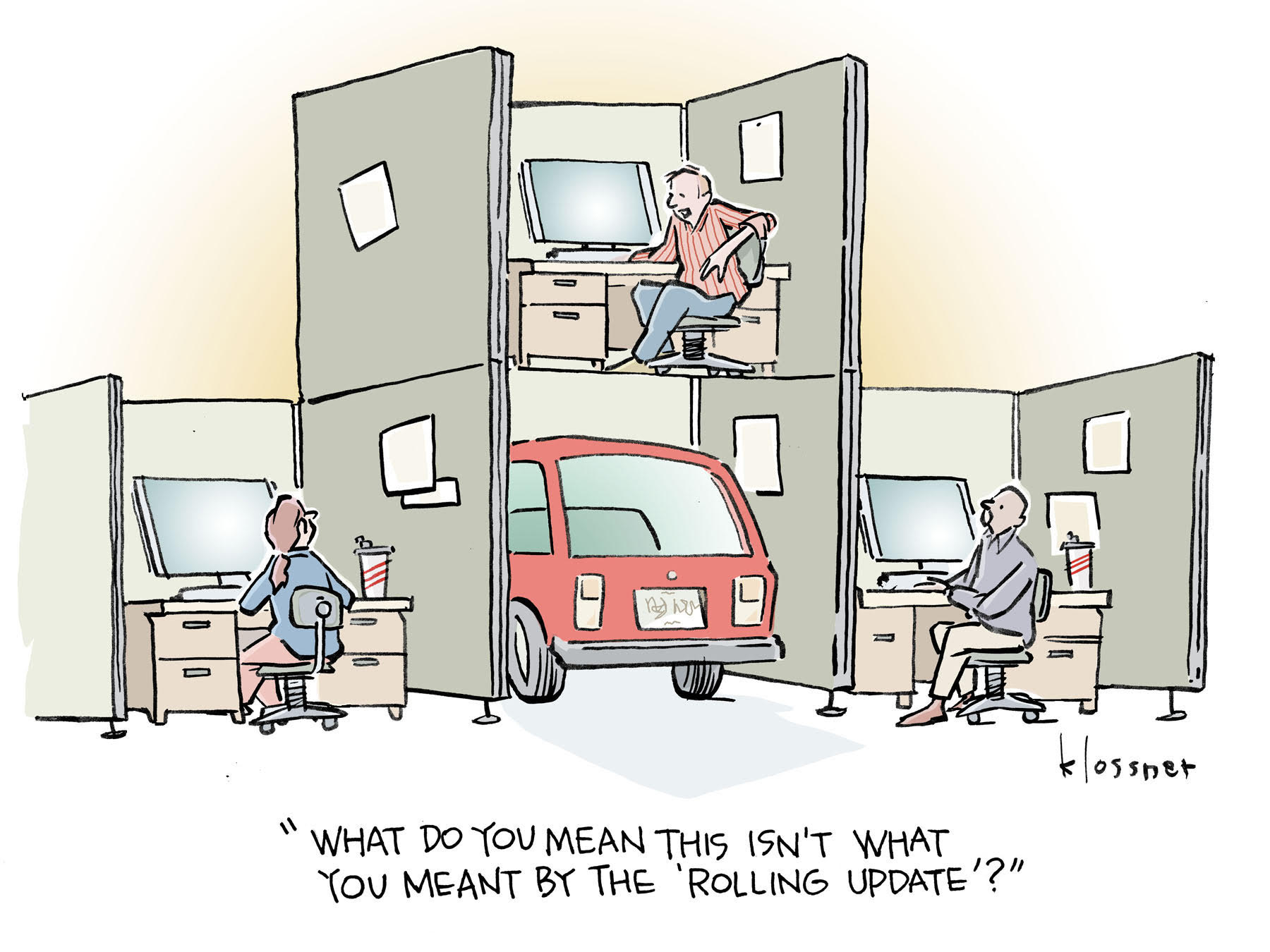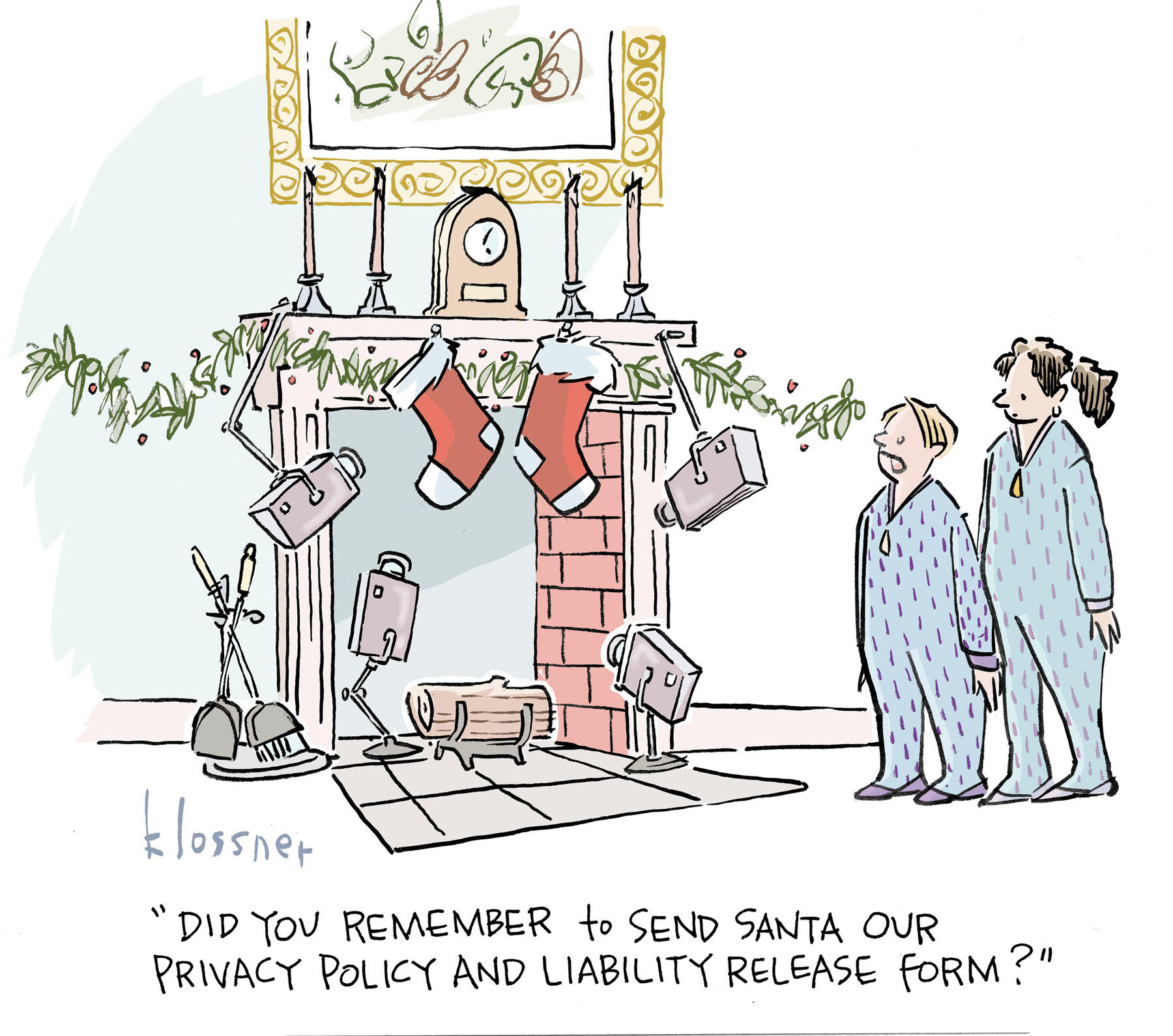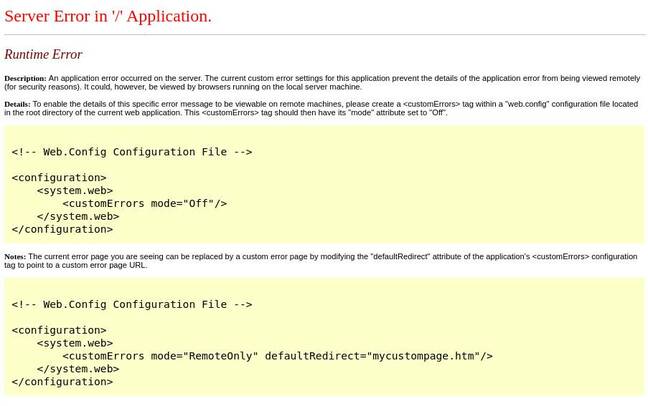The California Consumer Privacy Act is in full effect, prompting organizations to think about how they’ll remain compliant.
New year, new privacy regulations: The California Consumer Privacy Act (CCPA) went into effect on January 1, marking the start of a widespread law that will likely have implications beyond state lines. For businesses, it’s high time to think about what this means and how to get ahead.
CCPA, the original version of which was passed in 2018, was introduced to protect the personal data of roughly 40 million people living in California. Under CCPA, residents have the right to know what part of their information businesses try to collect, the right to tell organizations to not share or sell their data, and the right to protect against companies that fail to protect this data.
A business is subject to CCPA if it generates gross revenue of at least $25 million; annually buys, receives, sells, or shares personally identifiable information (PII) of 50,000 or more California residents; or derives at least half its annual revenue from selling residents’ personal data. This includes organizations with a parent company or subsidiary that collects data from at least 50,000 California residents.
The law will pose a challenge to organizations, but those that already have faced the EU’s General Data Protection Regulation will be more prepared, explains Terry Ray, senior vice president at Imperva. “For those companies, CCPA isn’t really a big stretch,” he says. Those who were not mandated to comply with GDPR now have to take similar steps — and it’s a lot of work.
“Companies in the best shape are the ones that had to comply with GDPR,” Ray adds.
Businesses starting from scratch will have to first think about where they have consumer data, he continues. “They start to look, and it turns out the data is everywhere,” he adds. Further, there hasn’t been much scrutiny over who accesses the information, why they access it, or who spins up additional databases and why. Data is in multiple repositories without much oversight. After they confirm where data is, companies need to make sure it didn’t spread anywhere else.
From there, the requirements snowball. “Now that I know where the data is, how do I start to monitor that data?” says Ray of the next step. Most companies preparing for privacy regulation take this process one step at a time — first locating the data, then prioritizing and monitoring it.
There are some who take the approach of “assume it’s everywhere and monitor everything,” which Ray says is a pricey and time-consuming way to keep track of consumer information. “It does behoove companies to find where they have their private data,” he explains.
Companies that have already had to address GDPR have taken a multifactor approach. This includes ensuring someone is responsible for data privacy: a data privacy officer, for example, or a third party tasked with making sure various teams are doing what they need to do. In addition, they put policies in place to ensure security is responsible for certain aspects of incident response and monitoring for breaches and malware. This multipronged approach includes people in charge of the nontechnical privacy policies, and those in charge of making sure data is properly secured.
“Although the CCPA will be good for consumers, affected companies will have to make a significant effort to implement the requirements,” says Wendy Foote, senior contract manager at WhiteHat Security. “It will add yet another variance in the patchwork of divergent US data protection laws that companies already struggle to reconcile.”
As the first law of its kind in the United States, Foote continues, CCPA could set a precedent for states outside California. The law applies to most companies doing business in California and promises to have a “major impact” on the privacy landscape across the country. Instead of limiting CCPA protections to California customers alone, major companies including Microsoft and Mozilla are extending compliance across all US states. The next version of Firefox, for example, will allow users to request desktop telemetry data be deleted from the browser.
We may see more companies following in these footsteps, Ray points out. “The easiest things to do are what people already want you to do anyway,” he notes. It’s unlikely businesses have separate repositories for each state; as a result, all their customers are likely in the same database. For them to separate California residents would be harder and more expensive.
Still, massive data stores will likely present a monitoring challenge. Today’s technology and tools may not support every big database, he notes, and may not be able to monitor them.
“Most companies today don’t do a lot of monitoring of who accesses their data,” says Ray. “The larger the company, the bigger this problem is.”
Related Content
 Check out The Edge, Dark Reading’s new section for features, threat data, and in-depth perspectives. Today’s top story: “SIM Swapping Attacks: What They Are How to Stop Them.”
Check out The Edge, Dark Reading’s new section for features, threat data, and in-depth perspectives. Today’s top story: “SIM Swapping Attacks: What They Are How to Stop Them.”
Kelly Sheridan is the Staff Editor at Dark Reading, where she focuses on cybersecurity news and analysis. She is a business technology journalist who previously reported for InformationWeek, where she covered Microsoft, and Insurance Technology, where she covered financial … View Full Bio
Article source: https://www.darkreading.com/endpoint/ccpa-kickoff-what-businesses-need-to-know/d/d-id/1336712?_mc=rss_x_drr_edt_aud_dr_x_x-rss-simple
 Check out
Check out 






 Check out
Check out  Check out
Check out